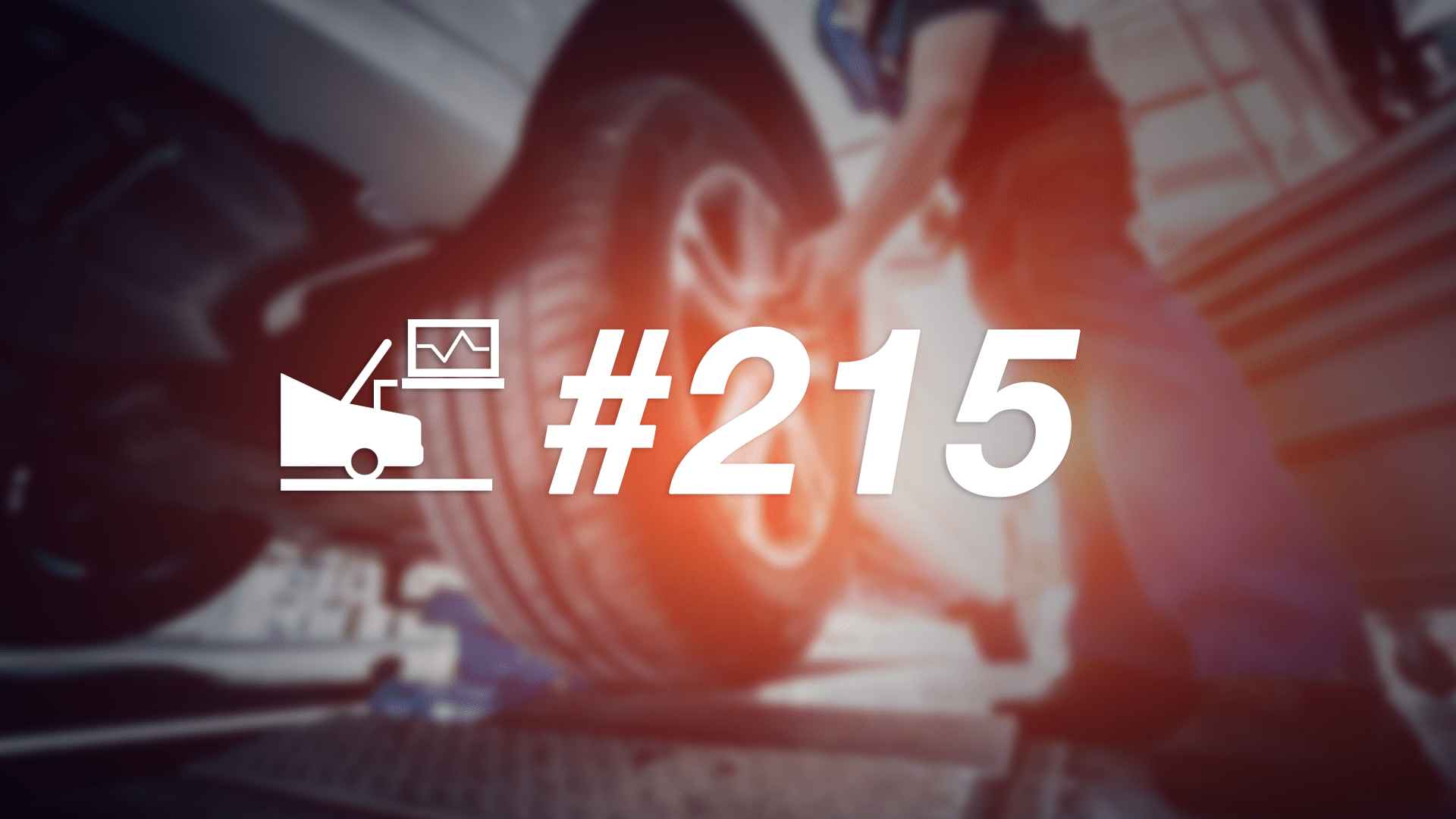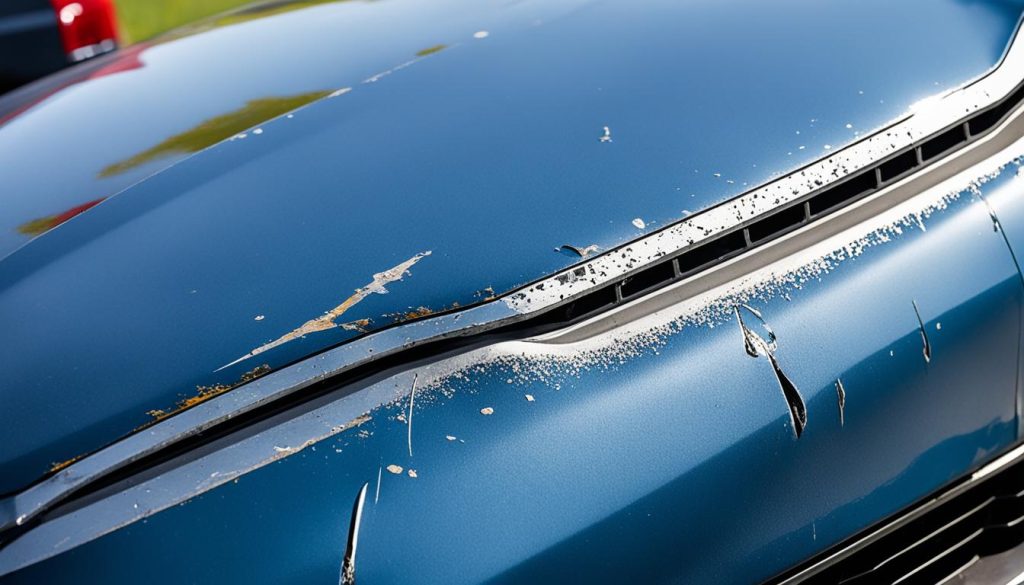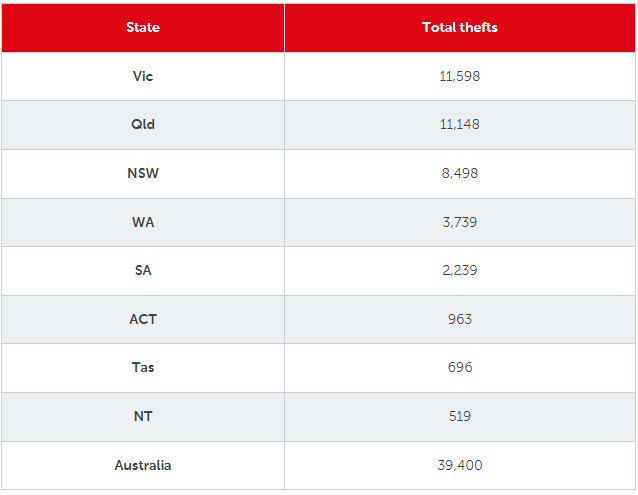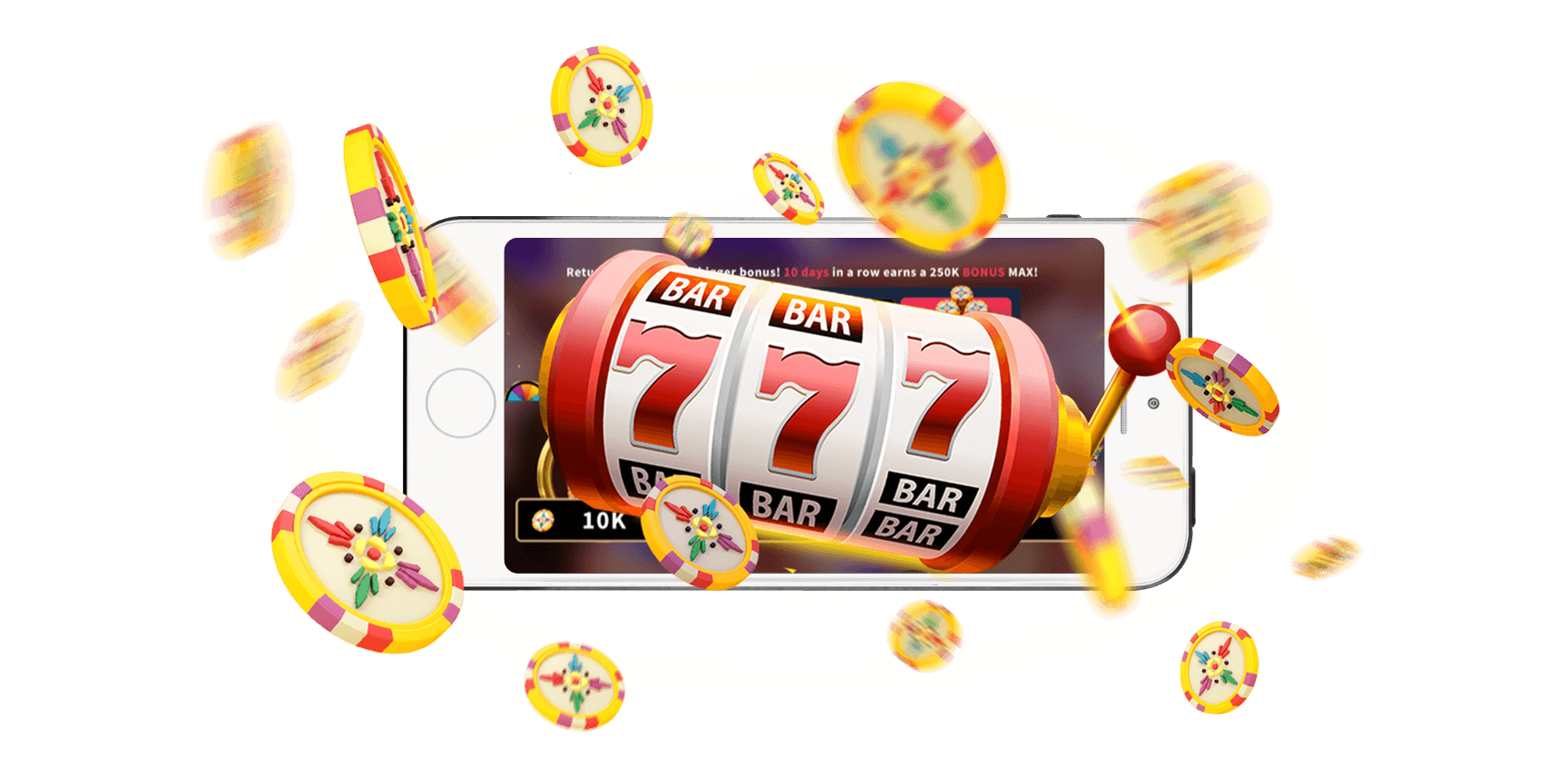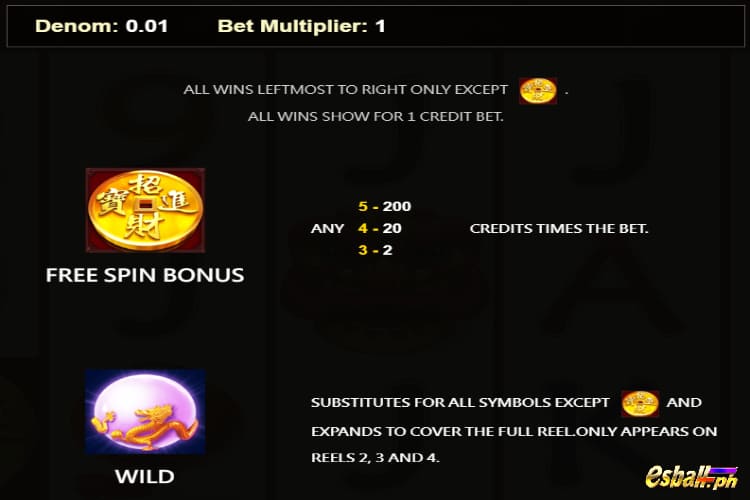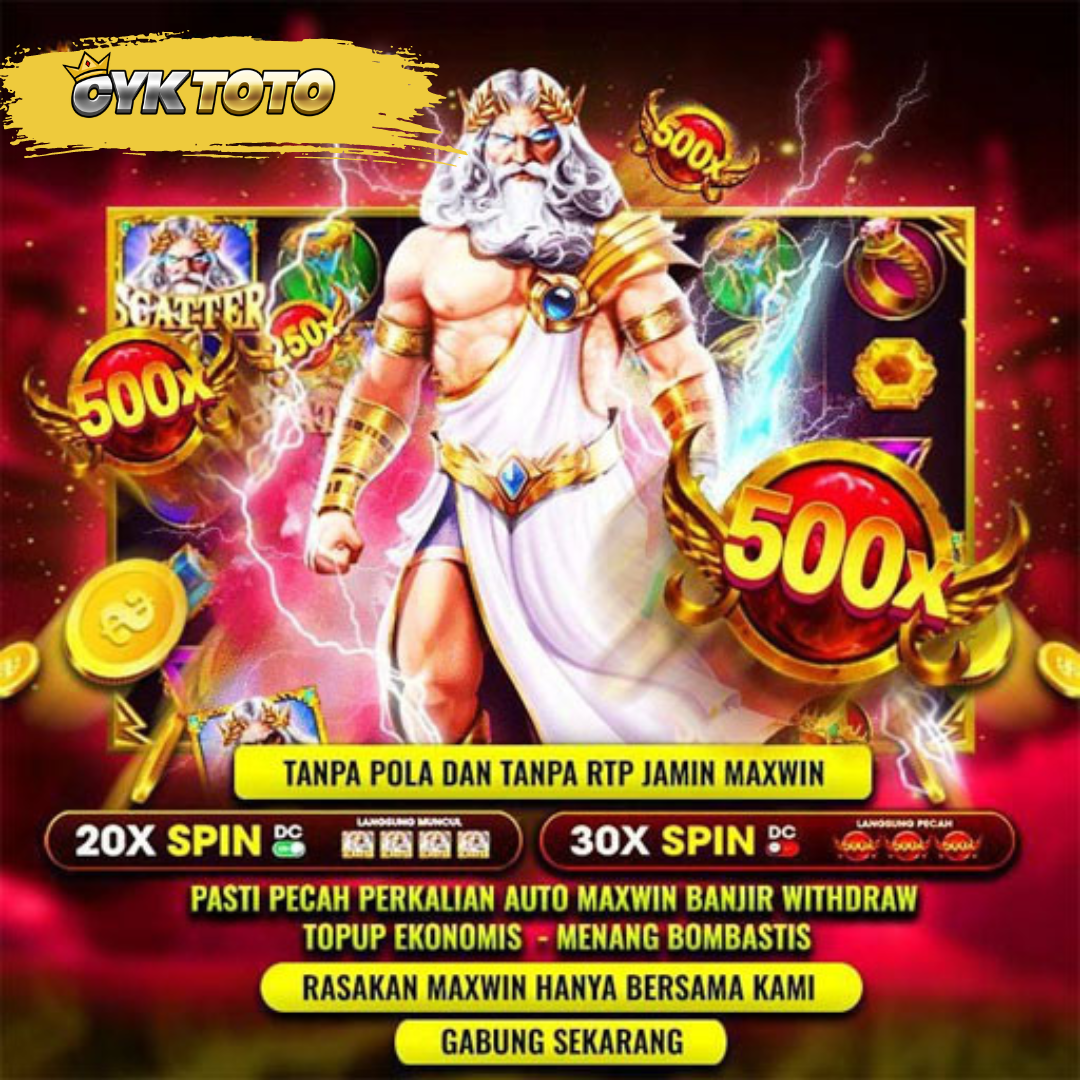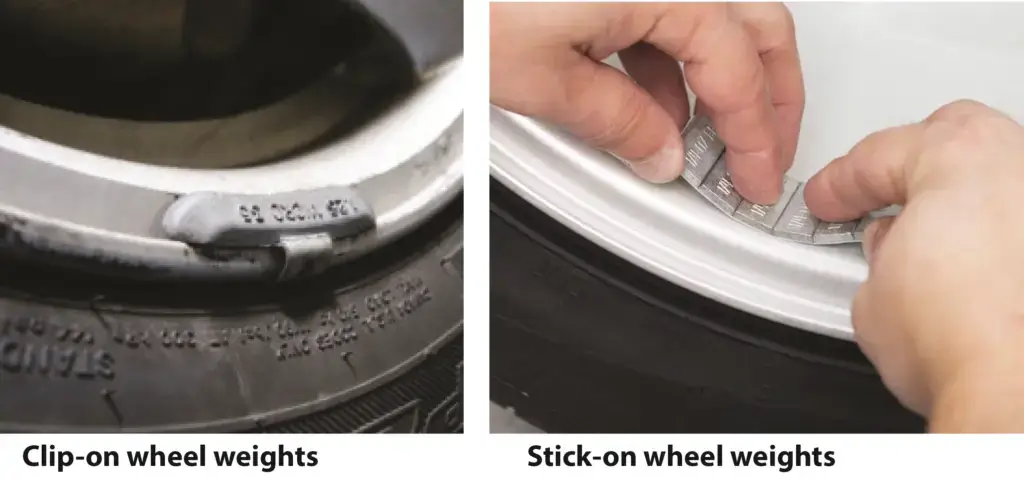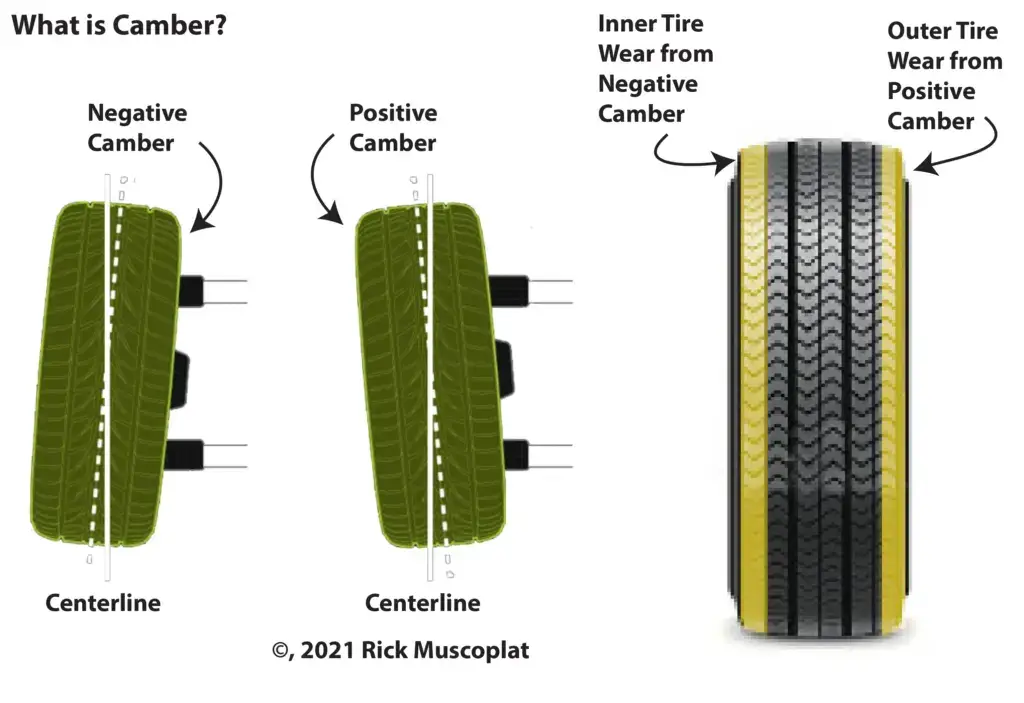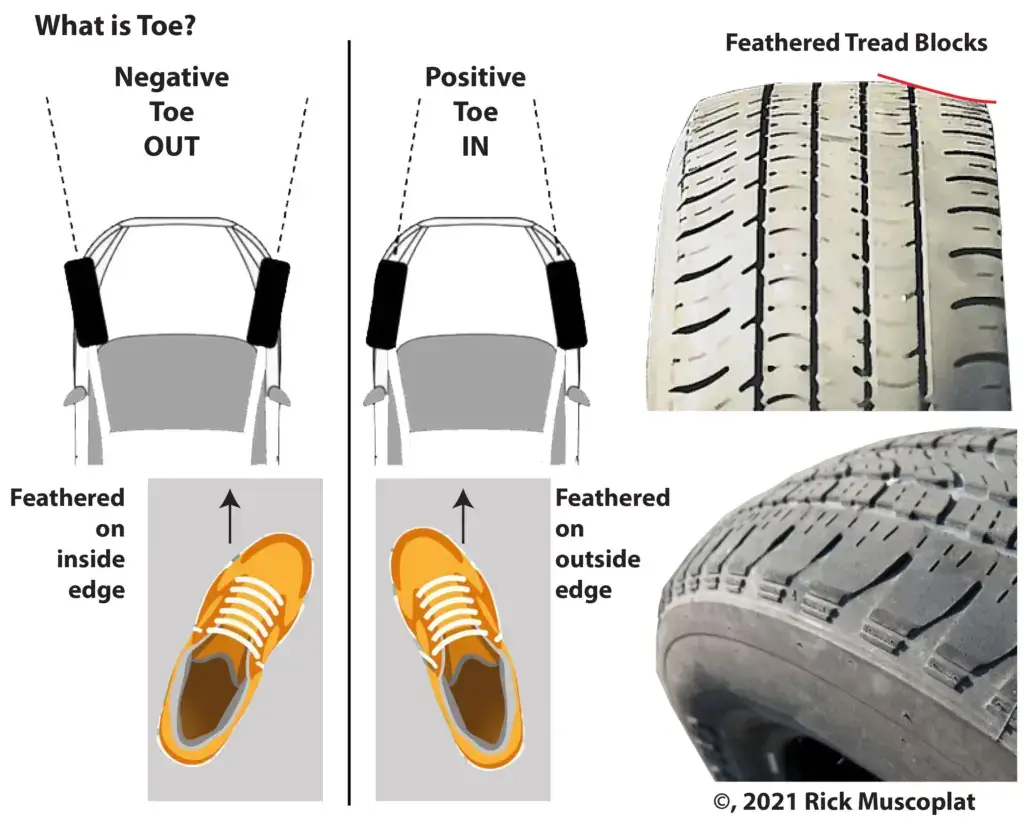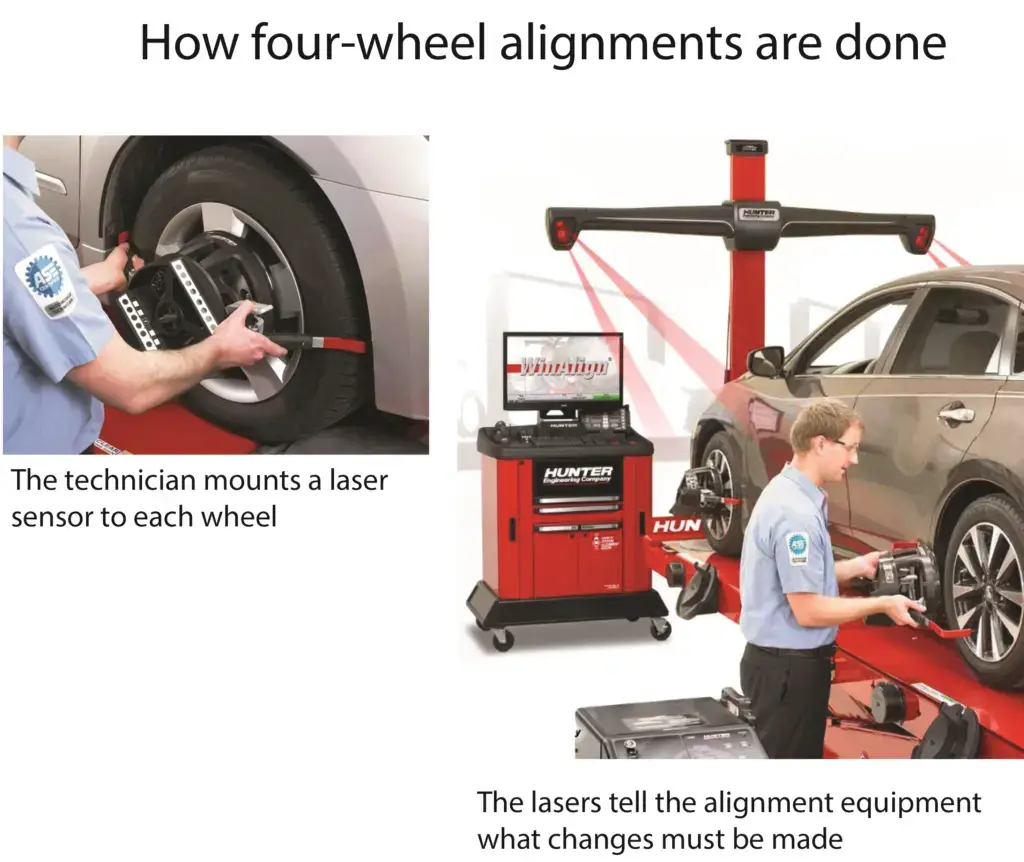Tire alignment or tire balance — what’s the difference and when do you need each?
Tire alignment or tire balance— when to get each
If you have tire wear due to a bad alignment, get the new tires first and then get the vehicle alignment immediately to prevent wearing out the new tires.
If you get a tire balance and the tires aren’t showing uneven tire wear, you don’t need an alignment.
If you get an alignment and the vehicle isn’t showing any signs of vibrating at highway speeds, you don’t need to get your tires balanced.
What is a four wheel alignment?
An alignment adjusts your vehicle so the tires don’t tilt in or out at the top of the tire (camber) or turn in or out at the front of the tires (toe). Improper camber and toe causes rapid and uneven tire wear.
What does a proper alignment do?
When your wheels are aligned, your vehicle goes straight down the road with little or no correction from the driver. It prevents uneven tire wear due to improper camber or toe angle settings.
What is a tire balance and what does it do?
No tire is perfectly balanced from the factory. When the tire shop 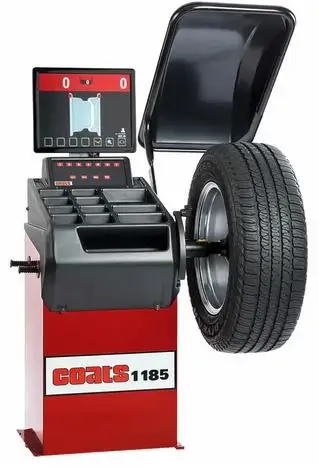 installs a new tire on your rim, they install it on a tire balancing machine. The machine spins the tire and locates areas that are lighter weight than other areas. The machine pinpoints where and how much weight to add to the rim to assure a perfectly balanced tire.
installs a new tire on your rim, they install it on a tire balancing machine. The machine spins the tire and locates areas that are lighter weight than other areas. The machine pinpoints where and how much weight to add to the rim to assure a perfectly balanced tire.
When to get a tire balance
An unbalanced tire creates a vibration when the vehicle reaches approximately 35-mph and again when the vehicle reaches 55-65mph. Vibration from an unbalanced tire can make the front of the vehicle shake severely. The vibration can be felt in the steering wheel. Unbalanced tire vibration can come and go at different speeds.
Get your tires balanced when new and any tire you get substantial vibration at 55-65-mph.
A balanced tire rides smoothly at all road speeds
Wheel weights come in two varieties: clip-on and stick-on. The clip on weights clip onto the outer edge of the rim. Most newer factory alloy wheels don’t have an outer ridge, so the shop must use adhesive backed stick-on weights. The wheel weights assure that the tire won’t bounce due to uneven weight. A balanced tire provides long tire wear and a smooth ride.
What the alignment terms mean
How an alignment is performed
The technician adjusts toe angle

The technician adjusts camber
Camber adjustment on strut equipped vehicles is done where the strut connects to the steering knuckle or where the strut mount connects to the strut tower. The goal is to move the strut in towards the engine or out towards the fender, depending on whether the vehicle needs more positive or negative camber.
On some vehicles, the factory provides an elongated hole in the steering knuckle and strut to provide for adjustable camber. On other vehicles, the technician has to grind an elongated slot into the strut. Here’s an example of how camber is adjusted using an elongated slot and camber bolts that contain an offset cam in the shaft of the bolt.
What causes your vehicle to go out of alignment?
• Potholes can knock your car out of alignment
• Hitting curbs or parking stops can knock your car out of alignment
• Worn steering or suspension parts can cause misalignment problems
When to get your vehicle aligned
• Your car is constantly pulling to one side
• You find yourself constantly correcting the steering when going straight down the road
• Your tires have uneven tire wear; more wear on one side than the other
• Your steering wheel isn’t centered; the wheel is canted toward 11:00 or 1:00 when going straight down the road
©, 2023 Rick Muscoplat
Posted on by Rick Muscoplat
#tire #alignment #tire #balance #Ricks #Free #Auto #Repair #Advice #Ricks #Free #Auto #Repair #Advice


